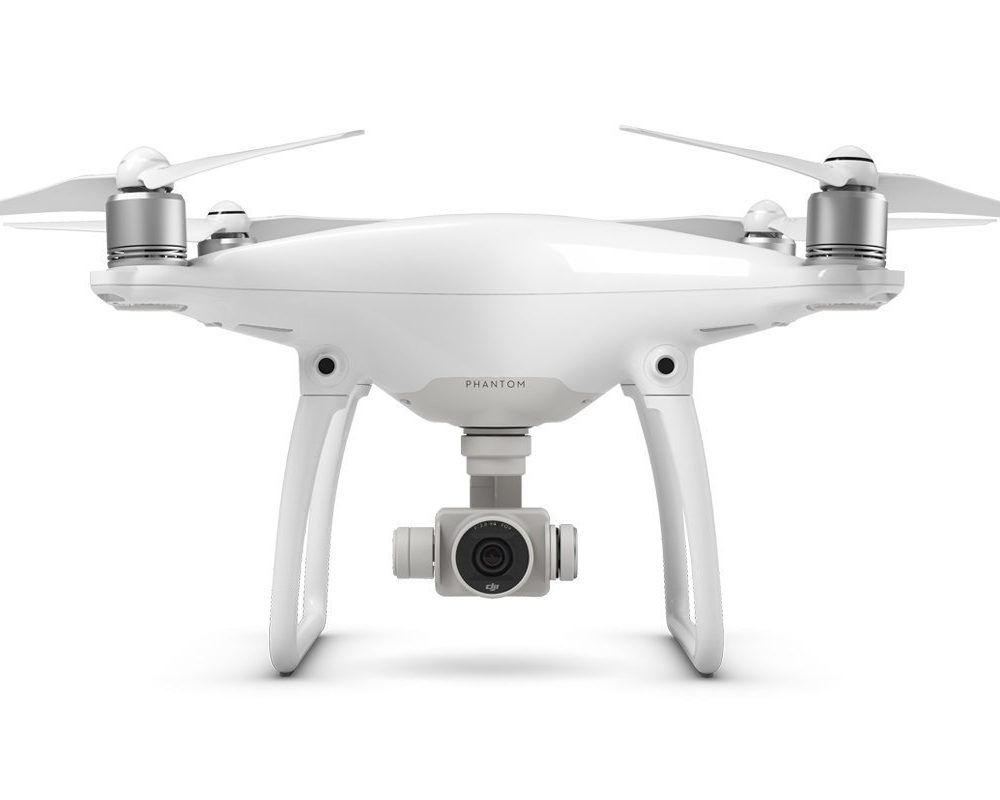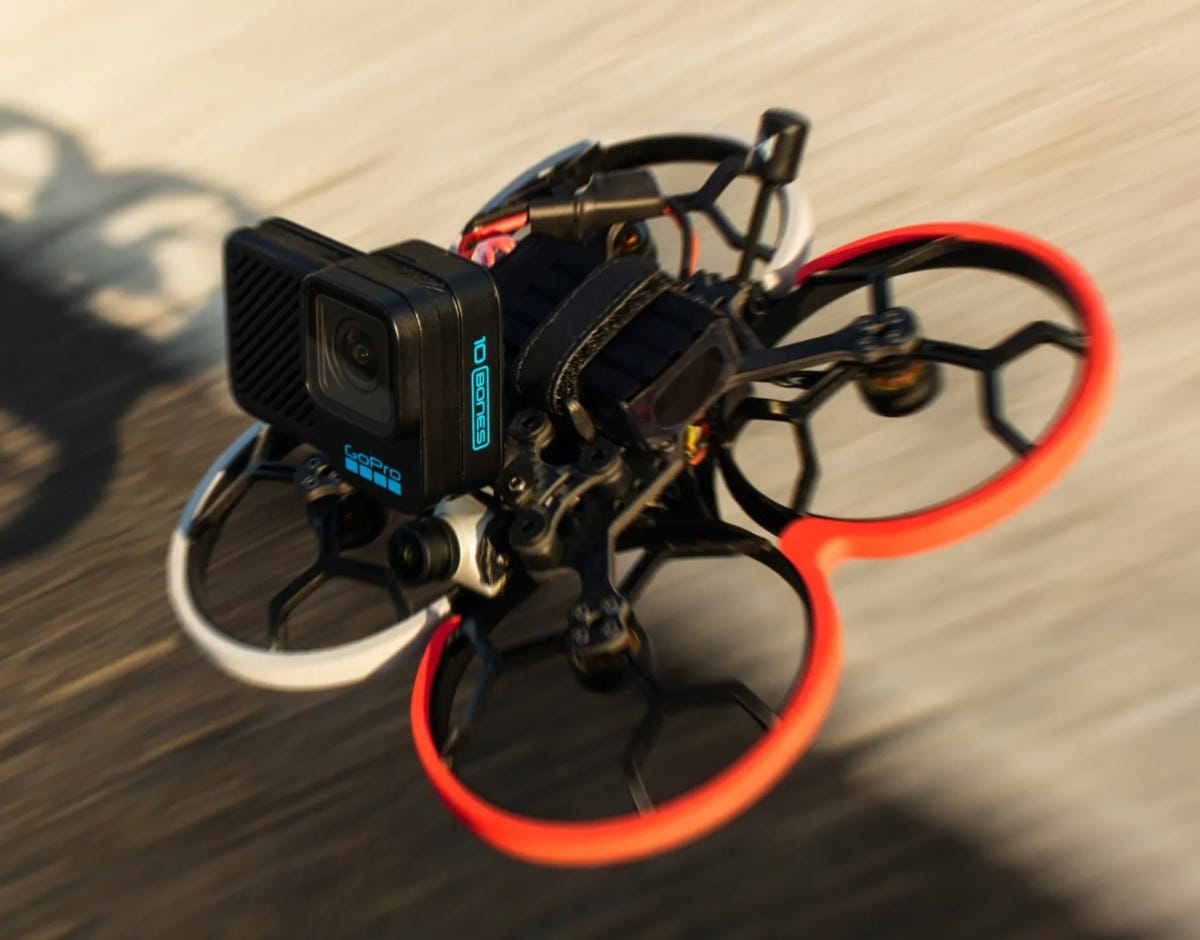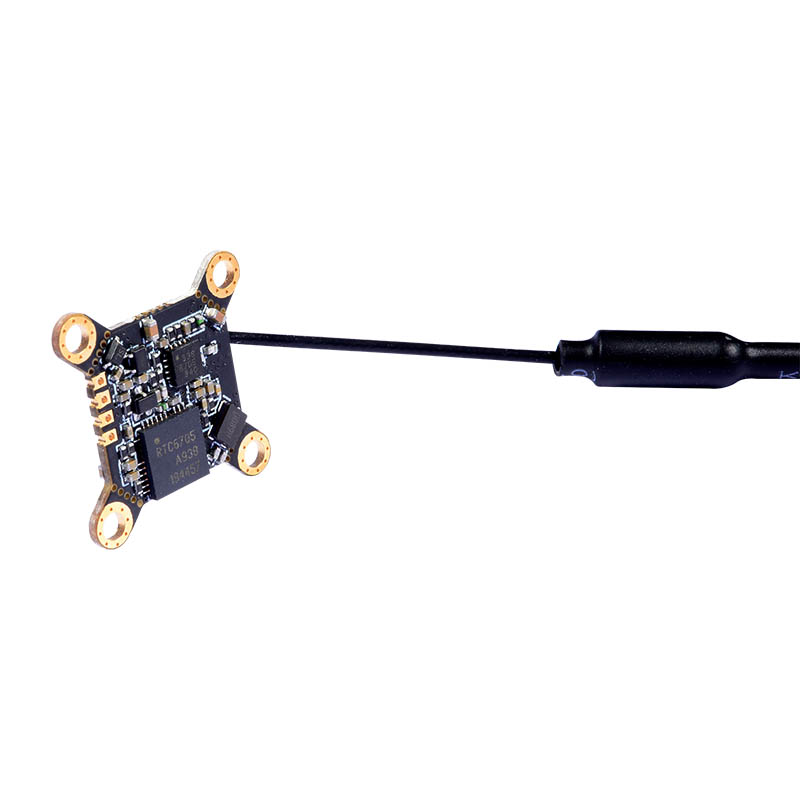
The Bio-hybrid drone combined an Electroantenogram(EAG) device to create a drone that could detect odors. This device has a Tilt sensor, and its flight controller set the drone at a 270-degree angle to the odor source. The spiral-surge algorithm was used to determine the maximum concentration. The drone flew in the direction of the odor source, collecting and recording data.
Bio-hybrid drone
A sensor and a bio-hybrid robot are required to detect volatile airborne chemicals. A biohybrid drone fitted with an antenna that detects chemical vapors has an advantage over conventional robotic systems. This drone can detect both their sources and locations. Its odorant detection antenna, shown in Figure 4B detects a wide array of chemicals. These sensors not only make drones safer to fly but also offer excellent proof-of-concept for the localization and chemical detection of odor sources.
Electroantennogram (EAG) device
EAG recording can be a complicated science. A drone equipped with a sensor is no exception. There are many noise sources, including biological noise, interference from external sources, and drifting signal levels. Common is to use a reference chemical, which can evoke a reasonable EAG reaction. This signal can also be used to normalize data. A conventional EAG device uses glass pipette electrodes, but a newer design incorporates electrically conductive gel to replace the wires. This device is integrated with a first amplifier stage to reduce the amount of noise.

Tilt sensor
A drone equipped with tilt sensors provides input to flight control systems. This is important for applications that require high stability. A drone equipped with a tilt sensors combines accelerometers and GPS to detect subtle movements. This technology can also work on cars and other moving objects. Here's the way it works. Use trigonometry formulas to calculate the angle tilt of your drone.
Algorithm for odor source localization using convolutional neural networks
Recent research, Convolutional neural net algorithm for odor source localization for drone with sensor, describes the first steps towards using this method for locating odor sources. This method relies on information-driven principles to speed up the identification of the source parameters and outperform systematic sampling. Shannon's Entropy highlights the importance of information in the search process and recommends an information-driven path planning strategy. It replaces the conventional binary sensing method, which assumes that there is a fixed distribution. Besides maximizing the probability of detection, the algorithm also models the odor encounters at a given position as a random variable with a Poisson distribution.
Comparison of small drones using gas/biosensors
As the use of small drones for environmental monitoring grows, research efforts are shifting focus to developing odorant biosensors. Drones are inexpensive, low-cost aircraft that can perform environmental monitoring tasks such as identifying odors. Both fields face significant challenges in developing an autonomous drone equipped with an odorant-biosensor. There have been many papers published that explore the possibility of small drones used in such monitoring. This includes one paper by J. McGlone and J. Paneque-Galvez.

FAQ
What are the laws regarding flying drones
The Federal Aviation Administration (FAA), oversees all aspects of drone operation in the United States. The FAA must issue a certificate before you can commercially operate a drone. After that, you must pass an exam and complete a course to learn piloting skills. The agency will require you to pay a fee.
Are drones allowed at public events?
Yes, you are free to fly a drone anywhere as long as you follow the rules. The event organizers will require approval if you plan on flying your drone during a public event like a parade, festival, concert or other similar event.
Can I fly my drone around my neighborhood?
Yes! These are known as UAVs (unmanned air vehicles). There are many kinds of drones today. They range from small quadcopters, to large fixed-wing planes. The FAA has recently issued new rules regarding the commercial use of UAVs, which means you can now legally fly them for business purposes. However, be aware that flying a UAV near airports may cause interference with air traffic control systems, and you must obtain permission from local authorities before operating one.
Can my drone be flown indoors?
You can fly your drone indoors. There are only a few things you need to do: Make sure your home is free of obstacles and hazards. You should not fly near windows, doors or heating vents.
How can I keep drones from my home?
Drones have become increasingly popular for home surveillance. But they also pose a security threat to privacy. Install motion sensors on your property to detect any unapproved flying objects. This will help you avoid being attacked by drones.
Traveling with a Drone?
Drones are becoming increasingly popular for both personal use and commercial purposes. They are used for photography, filming, aerial mapping, search & rescue, and other applications. Recently, the FAA approved new regulations for drones, including requirements for registration, licensing and pilot training. These changes will help ensure that drones stay safe for all.
Statistics
- According to the multiple listing service (MLS), houses and apartments with drone photographs are up to 68 percent more likely to sell than those without pictures. (thedroneu.com)
- According to ZipRecruiter, the minimum hourly wage of drone pilots is $20. (thedroneu.com)
- With the top 10% making over $100/h and the bottom 10% making as low as $10/h. (dronesgator.com)
External Links
How To
How can I clean my drone?
These are some tips to help you clean your drone. This guide will help ensure that your drone gets every bit of its potential.
-
You need the right tools. Be sure to have everything you require before you begin any task. You'll need a soft brush (or a toothbrush) and cleaning solution (we recommend WD40)
-
Remove the battery pack. First, remove the battery pack from your drone's bottom. It's easy to locate the battery underneath the propeller. Ensure that you don't lose any screws when removing the propeller.
-
Remove all pieces. Next, remove all parts from the drone's underside. Be sure to secure all parts securely, or they could come off as you clean the drone.
-
Use a cleaning product. Now, it's time to clean your drone. We recommend using WD40 for cleaning. Spray the entire surface of the drone with the cleaner. Make certain to get in between components. Before you attach everything, let it dry completely.
-
Then, put on the battery. Once you have cleaned the drone, make sure to put it back in its place. You'll be able test the drone's performance after it has been cleaned.